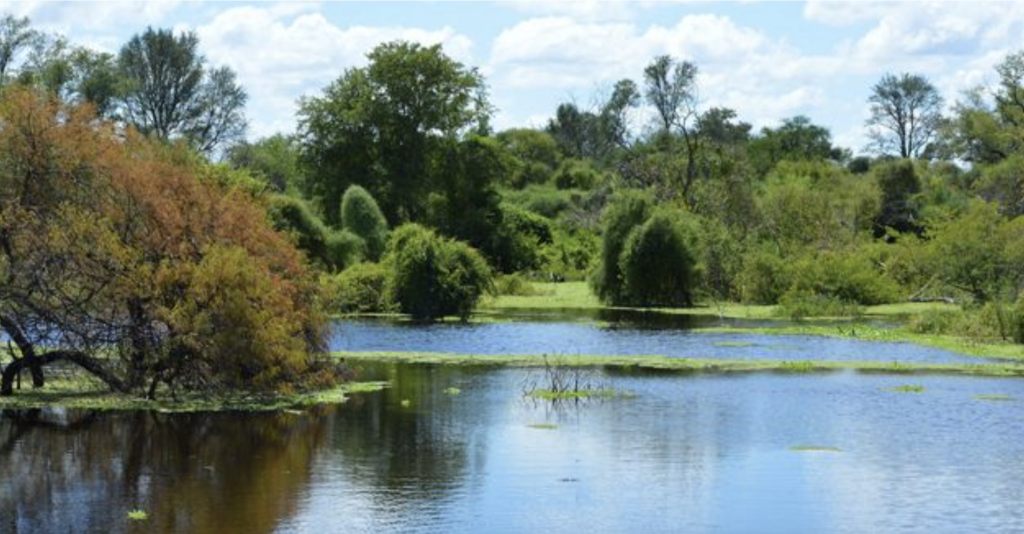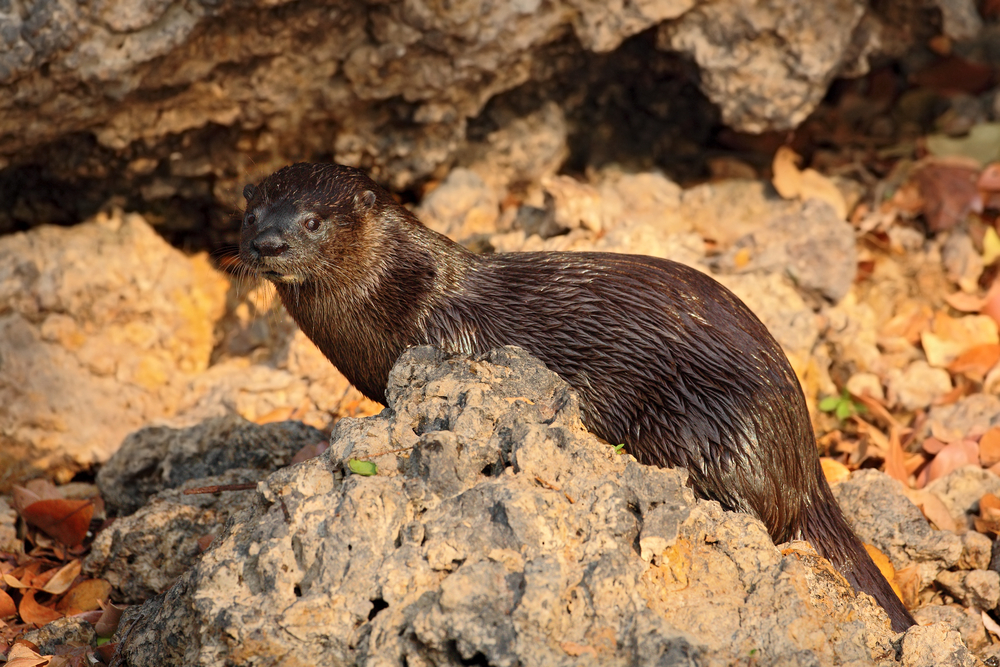Vapor Cué Overview
Vapor Cué National Park, known locally as Parque Nacional Vapor Cué, is a significant historical site situated approximately 4 kilometers from the town of Caraguatay in Paraguay’s Cordillera Department.
Covering an area of about 54 hectares (0.21 square miles), the park lies roughly 98 kilometers northeast of the capital city, Asunción. Its primary purpose is to preserve and showcase remnants of Paraguay’s naval history, particularly from the era of the Triple Alliance War (1864–1870).
The park’s landscape is characterized by gentle terrains interspersed with areas of dense vegetation typical of the region. The Yhaguy River, now reduced to a modest stream, meanders through the park.
This river originates between the cities of Piribebuy and Valenzuela in the Altos mountain range and is a tributary of the Manduvirá River, together forming a 121-kilometer course before merging with the Paraguay River. Historically, these waterways were vital for navigation and transport but have since become less navigable due to sedimentation and environmental changes.
Vapor Cué National Park is not primarily known for its wildlife; instead, its prominence arises from the historical artifacts preserved within its boundaries. The park serves as an open-air museum, housing the remains of several 19th-century steamships that played pivotal roles during the Triple Alliance War.
Among these are the iron-hulled gunboats Anhambaí and Piraveve, both of which were scuttled in the Yhaguy River to prevent capture by advancing enemy forces. The Anhambaí, originally part of the Brazilian Imperial Navy, was captured by Paraguayan forces in 1865 and later deliberately sunk to avoid recapture.
The Piraveve, a Scottish-built merchant steamer acquired by Paraguay in 1865, met a similar fate. These vessels were recovered and restored in the late 1970s and now stand as silent testaments to the country’s resilient maritime history.
Visitors to the park can explore these meticulously preserved ships, gaining insights into the naval strategies and challenges faced during the war. The park’s open-air museum setting allows for an immersive experience, where one can closely examine the structural details of the vessels and reflect on the historical events they witnessed. Additionally, the park offers well-maintained green spaces, making it a serene environment for relaxation and contemplation.
Access to Vapor Cué National Park is relatively straightforward via paved roads from Asunción, making it accessible for day trips. While the park itself does not offer extensive visitor facilities, the nearby town of Caraguatay provides basic amenities, including local eateries and shops.
The park’s tranquil setting, combined with its historical significance, offers a unique experience for those interested in Paraguay’s past and the enduring stories of its naval endeavors.
In terms of conservation, the park has faced challenges related to environmental changes affecting the Yhaguy River and the preservation of the ship relics. However, the successful recovery and restoration efforts undertaken in the late 20th century highlight Paraguay’s commitment to preserving its cultural and historical heritage.
These efforts have transformed Vapor Cué into a poignant reminder of the nation’s resilience and the importance of safeguarding historical artifacts for future generations.












































































